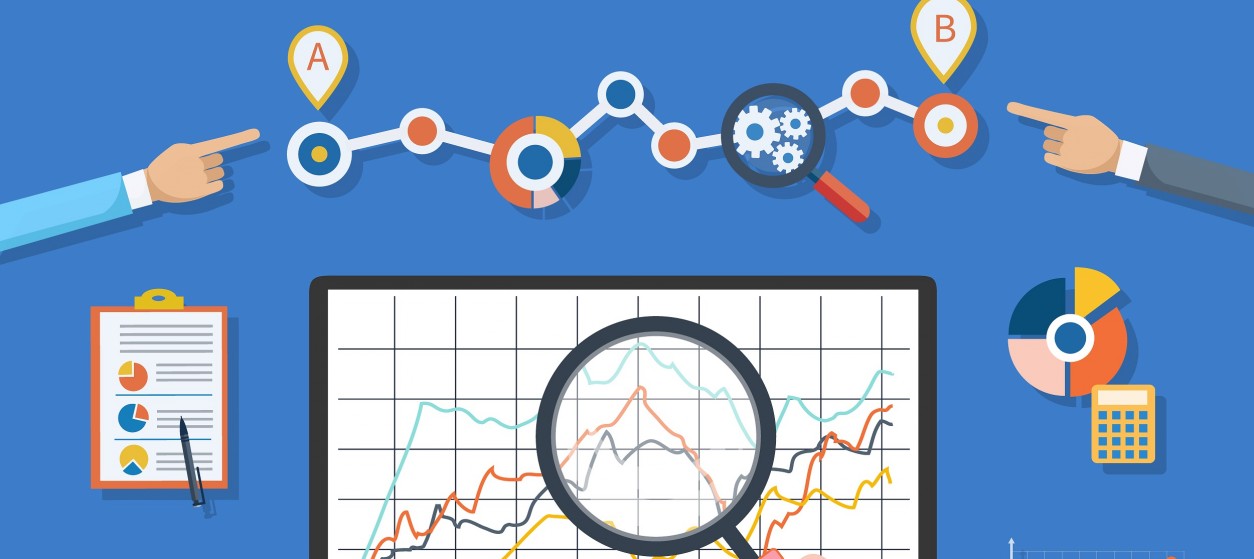We are living in the era of digital transformation, where a great number of IT-driven innovations are completely changing not only the industry, but also our working and living environments. While these changes are undoubtedly making the world better, they are also introducing new ethical challenges for both creators and end-users of IT. IT has also created new opportunities to commit crimes (i.e. cyber-crimes) such as “phishing”, spamming and on-line fraud. IT systems having access to corporate data and assets, might be compromising an employees’ privacy. Moreover, IT is also raising new social issues as for example when it changes the distribution of power in a corporation, or when it leads to lay-offs due to increased automation. As a result, both IT professionals and users should better understand the ethical implications of the expanded use of IT technology in their working and living environments in order to be able to adhere to ethical policies and act as moral agents that successfully resolve IT-related ethical dilemmas.
Ethical Issues in the era of IT acceleration
Nowadays, IT-related ethical issues are more intense than ever before. Unfortunately, technology acceleration has several negative consequences in the ethical forefront, as is evident in the following characteristic examples:
- The exponential rise of computing power (i.e. Moore’s law) is lowering the barriers for processing large volumes of information, including personal data. Privacy-invasive processes such as profiling of customers and citizens are therefore much easier and cheaper than they were in the past.
- The rapidly declining costs of storage is another factor that facilitates the collection and storage of large amounts of information (typically Big Data) about individuals and their transactions, which further eases the collection of data for profiling processes. Likewise, advances in data mining and Big Data analytics create possibilities for processing and correlating data from a wide range of different sources, including extraction of non-obvious relationships between them.
- The ubiquitous availability of ultra-fast networking infrastructures (including high-speed wireless networks) eases the transmission and replication of information in different computers and clouds all around the world. This means that copyright theft can be easily carried out all around the globe.
- The rise of technologies that produce, store and manage digital copies (e.g., photo-copying machines, torrent networks) is also increasing copyright violations.
Taxonomy of Ethical Issues
These wide range of ethical issues, can be classified in the following categories:
- System quality and testing: In a world that is increasingly reliant on the proper functioning of software systems, high-quality standards and very extensive software testing is required. Nevertheless, there are cases where software vendors deliberately minimize testing processes in order to achieve a faster time to market. The extent to which a software product should be tested can be a major ethical dilemma for software is often not done and this is dangerous especially in cases where the ultimate use of the software could have life-threatening implications (e.g., medical software, software for self-driving cars). System quality is also closely related to the quality of large databases, which in most cases comprises of erroneous or missing information due to inadequate testing.
- Privacy and data protection: Collection and processing of large datasets is commonly associated with violations of an individual’s privacy, especially when private data (e.g., medical records, e-commerce transactions, and behavioral data) is involved.
- Computer and IT-based crimes: Incidents of spamming, phishing, internet frauds, distributed denial of service attacks and more are on the rise. These incidents are indicative of new ethical, social and legal issues raised by the expanded use of IT. Luckily, there are also technologies that confront these crimes, in addition to security and privacy policies.
- Intellectual Property Rights (IPR) Violations: As already outlined, technologies for creating digital copies and rapidly sharing digital content over the internet are sources of IPR violations. IPR protection has become one of the main challenges of the digital era.
- Quality of life and health issues: Several IT workers face problems balancing work with quality of life. For example, the teleworking trends facilitate freelancers to work overtime and during vacation periods. Moreover, IT workers have in several cases faced health issues arising from the intensive use of computer systems such as Carpal Tunnel Syndrome (CTS) (e.g., damage to the wrist’s bony carpal tunnel structure), Computer Vision Syndrome (CVS) (e.g., blurred vision) and technostress (e.g., stress stemming from frequent computer use).
- Digital Divide: Several people are unable to follow the rapid technology change, which deprives them of opportunities for work and social inclusion. Equal access to technology-related opportunities is far from being realized in several countries around the globe, while there is also a significant gap between younger and older generations.
Guidelines for an Ethical Environment
In this landscape, IT enterprises and the society as a whole should aim at creating an ethical environment for the development, deployment, operation and expansion of IT technology. To this end, CIOs, corporations and their employees should rely on the following guidelines:
- Compliance to laws and regulations: The most obvious guideline is to adhere to laws, and regulations. However, laws and regulations are not always adequate to resolve ethical issues, given that IT technology is changing rapidly and typically at a greater pace than what legislation can do to keep up. In such cases, some of the following guidelines should be exploited instead.
- Corporate Policies: It is very common for enterprises to include, in their policy guidelines, ways for dealing with ethical issues. For example, most enterprises prepare quite detailed security policies, which ensure compliance to security regulation, while frequently comprising guidelines for ethical behavior. Employees are usually obliged (as per their contracts) to adhere to these regulations. Nevertheless, enterprise should also ensure that freelancers, subcontractors and other collaborations adhere to such policies as well, which cover (among other things) IPR protection issues that can be really painful in cases where freelancers or contractors are employed.
- Professional Codes of Conduct: Professional associations such as the American Medical Association (AMA), and the American Bar Association (ABA) provide also “Codes of Conducts”, which provide their members with guidelines for regulating their activities in the general interest of society. Likewise, IT professionals should adhere to code of conduct established by associations such as DPMA (Association of Information Systems Professionals) and ACM (Association for Computing Machinery).
- Code of Conduct Committees: Corporations cannot fully rely on codes of conduct of professional associations. Rather, they have to guide employees towards ethical behaviors, to the benefit of the company and to their own benefit as well. To this end, they can setup “code of conduct committees”, which shall be in charge of advising and coaching employees towards ethical acting and behavior at work. In most cases such committees should consist of members from different verticals of the company (including managers of the HR department).
- Ethical Analysis: For issues not directly covered by laws and corporate policies, IT managers and CIOs are expected to engage in ethical analysis processes. This involves documenting the facts, the stakeholders and the available options, in order to end-up with an optimal decision for their company, while at the same time considering the social good as well. Ethical analysis is commonly employed in order to resolve ethical dilemmas in the most effective way.
- Education and Training: Ethics issues should be an integral part of education and lifelong learning programs for employees, notably training programs on new technologies. As part of these educational programs, employees are expected to gain a sound understanding of IT related ethics which will help them to adhere to corporate policies. Several companies organize ethical courses at regular intervals (e.g., every six months) which are mandatory for all employees.
Overall, it’s increasingly important to understand the moral implications of new technology, while at the same time establishing ethic policies for processes involving computing systems and automation. Related ethical standards should address all the above listed challenges including IPR issues, work-life balance, privacy and data protection, equal access and opportunities, health issues, as well as protection against cyber-crime.
Living and acting in an ethical way is an integral element of technology adoption. Much as it is a prerequisite for social prosperity, it can also be a foundation for corporate branding and improving business results. Ethical behaviors are appealing and preferred by colleagues, collaborators, business partners and customers. It’s therefore worth investing and partnering with organization which share your view on establishing an ethical environment in the personal and professional IT sphere.









